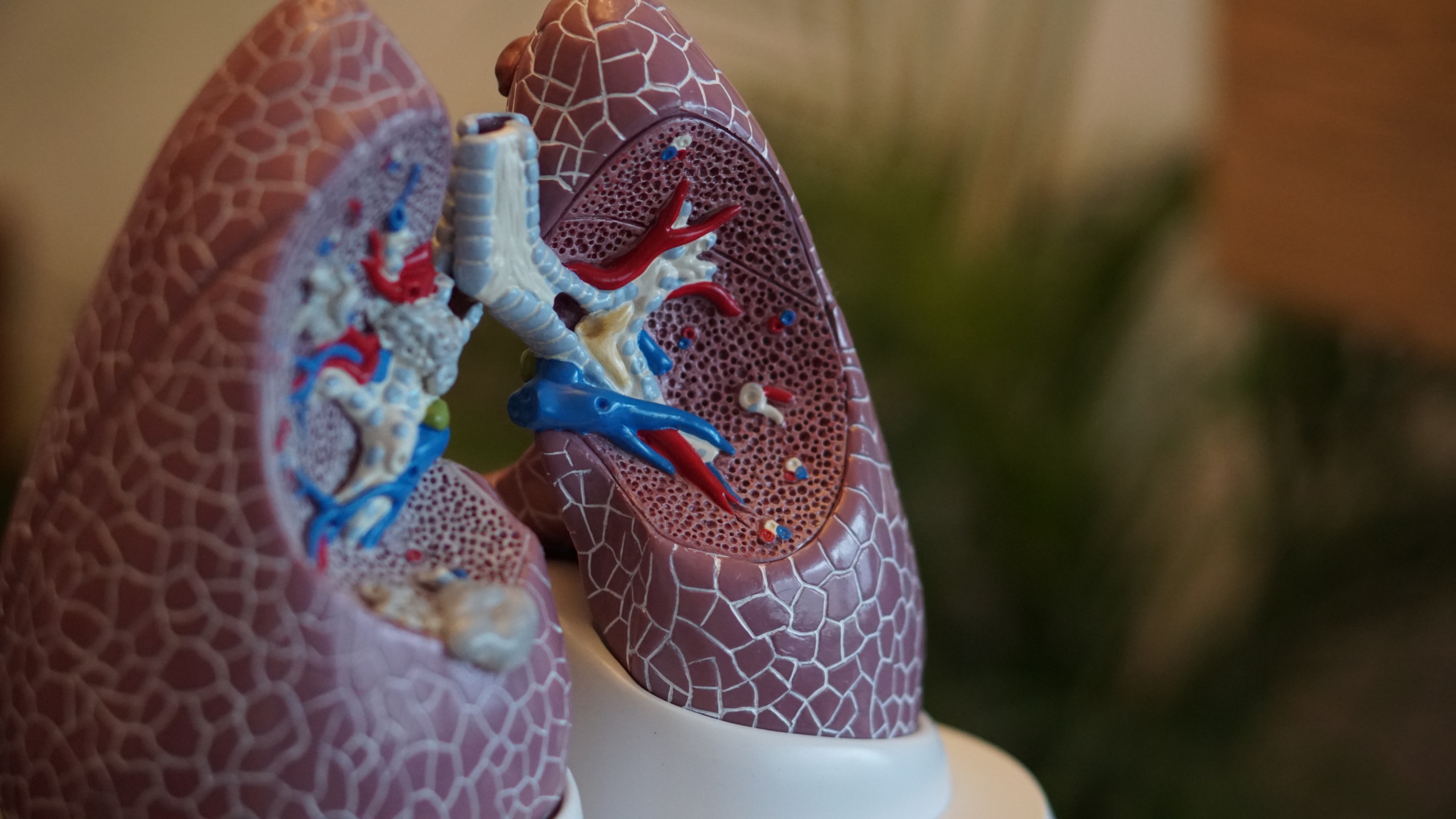What is Sarcoidosis?
Sarcoidosis refers to the formation of granulomas in the body in response to an overactive immune system. Granulomas are small, abnormal clumps of tissue that may form in any body organ. They are most common, however, in the heart, lungs, skin, and eyes, with the lungs being most affected. The signs and symptoms are related to the affected area, such as difficulty breathing for the affected lungs.
The outcome for people with Sarcoidosis varies widely; some granulomas disappear on their own, while others require medication, and rare cases require an organ transplant. Organ transplant Sarcoidosis patients are most likely to qualify for SSD benefits. All patients will receive a disability assessment to determine their unique benefits needs. Learn about applying for SSD Benefits if you have Sarcoidosis in this post.
The Qualification Process for SSD Benefits
There is no specific disability listing within the Social Security Administration (SSA) for evaluating a Sarcoidosis disability. Instead, the patient is evaluated using the disability listing for the specific body organ affected. Some of the listings that may be used for evaluation are explained below. It is important to remember that people who do not meet an SSA disability listing exactly are not automatically denied. If the symptoms are equal in their severity to those of an existing SSA listed impairment, the person may still receive benefits. A patient may also receive benefits under non-specific listings, discussed below.
Sarcoidosis in the Lungs
There are two main disability listings associated with sarcoidosis in the SSA database.
Chronic Pulmonary Insufficiency
A person needs to complete specific tests in lung function to qualify for this disability listing. The tests must prove that the lungs do not function at an acceptable level. The tests are similar to tests for COPD, and may include a spirometry test, chest x-rays, and an arterial blood gas test.
Bronchiectasis, Mycotic and Myobacterial Lung Infections
Sarcoidosis may cause Bronchiectasis, which is covered under “respiratory disorders” in disability listings, as this disease causes difficulty in moving air through the lungs. Fungal and bacterial infections, commonly called Mycotic infections, are also possible. People who meet these listings have proven diminished lung function and may have had various lung infections, including Tuberculosis.
Sarcoidosis and the Skin
The SSA includes a number of different skin disorders, many that apply to Sarcoidosis patients. For example, Dermatitis is an umbrella term that refers to a general rash on the body. This rash is eligible for disability benefits and often appears on Sarcoidosis patients. Ichthyosis is another skin condition that qualifies for SSA benefits, even though it is mainly an inherited condition. This dry, scaly, cracked skin condition may be acquired and has a proven link to Sarcoidosis. A patient must have extensive, persistent skin lesions that persist despite treatment for a specific amount of time.
Sarcoidosis and the Eyes
Patients with Sarcoidosis in the eyes may have some level of vision loss. The SSA disability guidelines state that the patient must have a specific level of loss of vision. This level is determined by the visual field and visual acuity tests. Eye testing for SSA benefits is done while the patient wears his or her corrective lenses, and is based on the outcome of the stronger eye. If the stronger eye has a visual acuity of 20/200, the patient may be labeled disabled. The term “visual field” refers to the patient’s ability to see and recognize items in the peripheral, or side views.
Sarcoidosis and the Heart
Cardiac Sarcoidosis is evaluated under different SSA listings, according to the symptoms. For example, Mitral regurgitation or heart blockage may be filed under chronic heart failure. Under the SSA cardiovascular guidelines, a heart disorder is anything that impairs the normal functioning of the heart. Therefore, Sarcoidosis of the heart is typically covered under disability benefits, especially when the condition prevents the patient from holding a full-time work position.
Reduced Functional Capacity Qualification
Patients diagnosed with Sarcoidosis may not qualify for disability under any of the current SSA guidelines. This simply means that the symptoms are not severe enough to keep the patient out of work. When this happens, the SSA will assess the patient’s Residual Functional Capacity(RFC). This means that the patient is affected by Sarcoidosis so much that he or she cannot work. The individual symptoms do not inhibit work, but the symptoms together cause a problem. The SSA will use their RFC assessment to decide what type of work, if any, the patient is capable of performing, despite any existing medical limitations.
This assessment is based on the affected organs and focuses on what work the patient may be able to do despite the disease. For example, an RFC assessment centered on the lungs may limit the patient from working in dusty environments, or around certain air pollutants. Sarcoidosis of the lungs may also prevent a patient from working in extreme hot or cold conditions. This patient would be limited to jobs that do not affect the breathing, but as these jobs exist, the patient may be denied their claim. Breathing issues must be proven severe enough to keep the patient out of the work environment.
An assessment for Sarcoidosis of the skin might limit the patient to environments that do not expose the skin to allergens or contact pollutants. This assessment focuses specifically on the area of skin affected. Depending on the affected area, a patient may have restrictions on sitting, standing, or walking during work.
An RFC assessment of the eyes will limit the patient to work that does not require good eyesight. This patient may also have driving restrictions, which will further harm work abilities. If a patient is legally blind while wearing corrective lenses in both eyes, he or she will automatically qualify for disability benefits.
If the assessments determine that Sarcoidosis does not limit a patient beyond work capacity, the claim will be denied. However, if the tests prove that a patient’s limitations prevent them from working, benefits will be awarded under the medical-vocational allowance title. The medical-vocational allowance is an umbrella term that means a patient cannot work but does not fall under any specific SSA disability listing.
Sarcoidosis and Vocational Adjustment
Vocational adjustment is a category under the medical-vocational allowance grid. If a patient loses employment due to Sarcoidosis, he or she may be eligible for disability under vocational adjustment, especially if the patient is an older worker. The SSA recognizes that adjusting to a new vocation becomes difficult with age or disability, and will award some patients benefits. For example, if a forklift operator develops Sarcoidosis in the eyes with loss of vision, it would be difficult for him or her to transition to a new career that required less precise vision. In this case, the SSA would award benefits based on vocational adjustment. It is easier for older patients to get this adjustment, as the SSA recognizes their increased difficulty in learning new vocational skills.
Moving Forward After Denial of SSD Benefits
It’s important to know what to do next if an SSA sarcoidosis disability claim is denied. Contacting a disability lawyer who has the expertise necessary to navigate the case is a smart step forward. Contact us today to learn more about the application process, and to get help in securing the most possible benefits.









